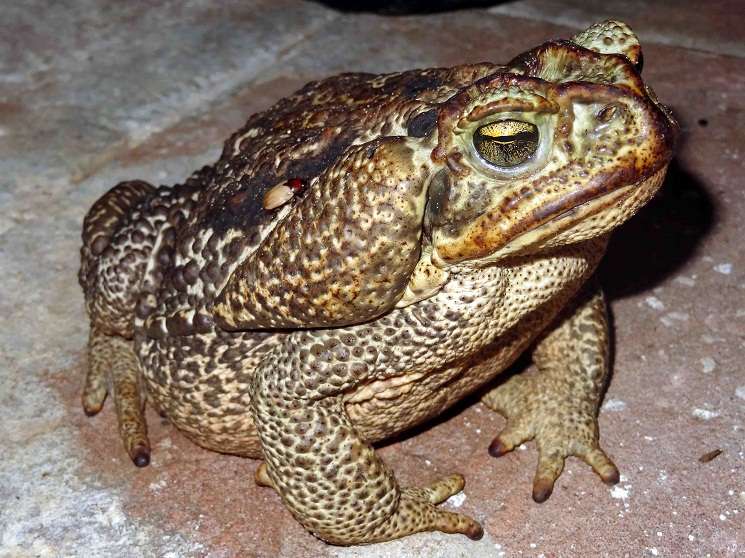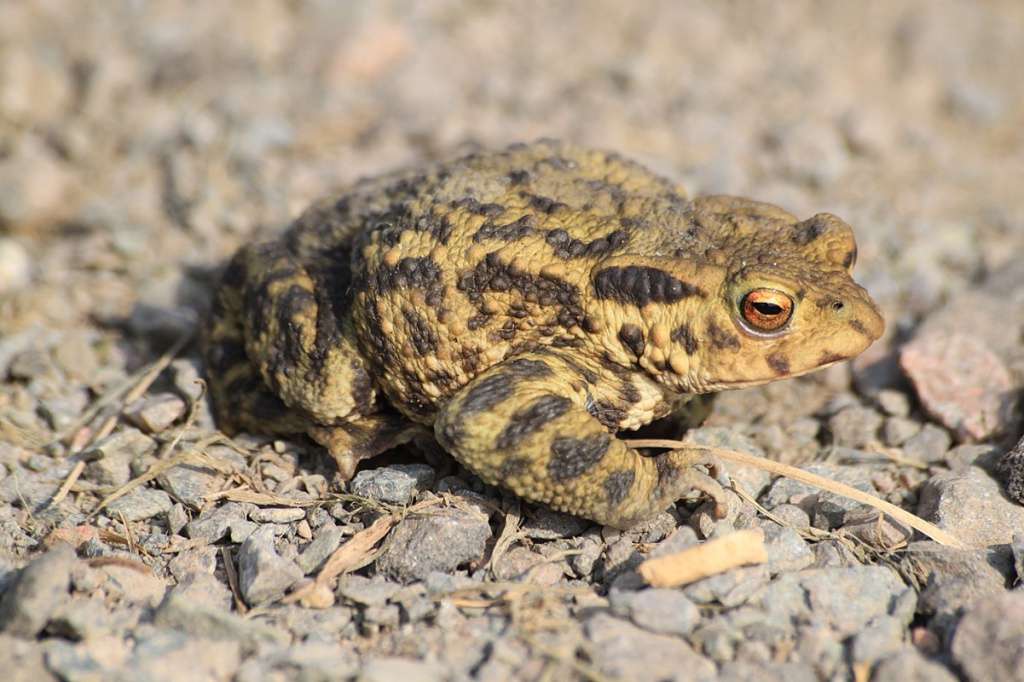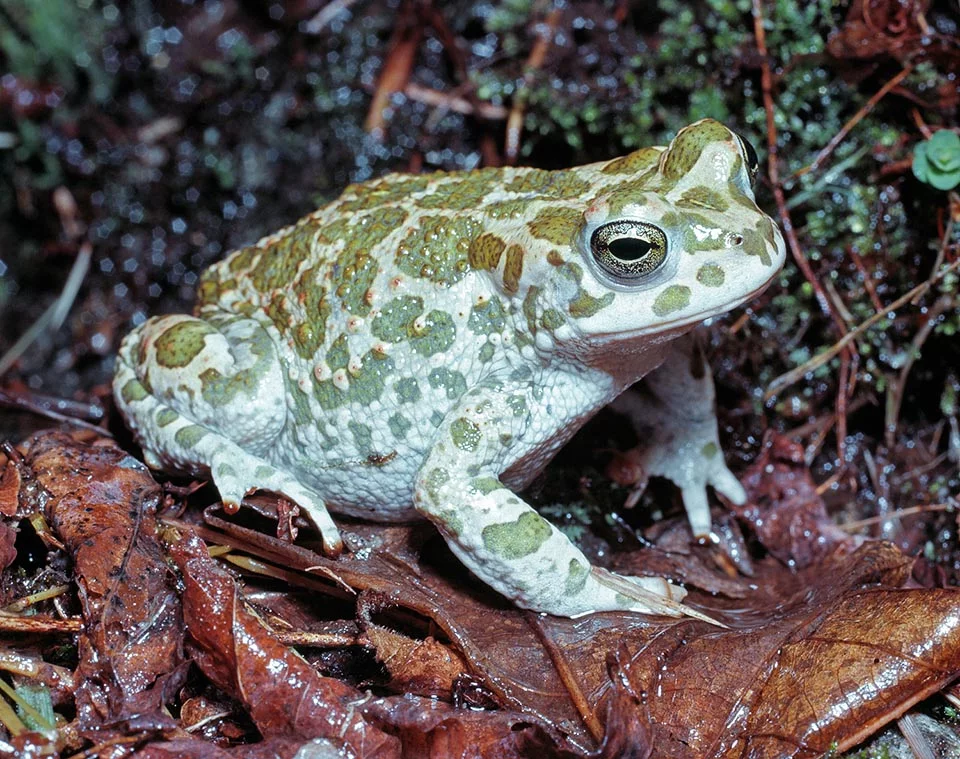
It has been discovered at altitudes as high as 2,000 m asl. From open, metropolitan areas to the Chaco, Cerrado, and Atlantic Forest regions, it can be found in a wide range of environments. Bufo schneideri is a terrestrial, nocturnal animal. On rare occasions, it digs a deep hole. It uses roots and rocks to climb. B. schneideri can survive in drier areas of South America because of its dry skin, propensity for burrowing, and activity at night. On occasion, it is harvested for the global pet trade. Apiculturists view it as a pest because it has been seen to devour bees at hives, and they work to eradicate it in beekeeping areas.
Habitat
They are found in Uruguay, Bolivia, Brazil, Paraguay, Argentina, and Bolivia. It can be found in a range of environments, including open metropolitan areas, the Chaco, Cerrado, and the Atlantic Forest.
Reproduction
Bufo schneideri is one of the few species in the genus Bufo that can reproduce in the dry season. The commercial call is a deep, resonant trill that sounds like a stake being hammered quickly. Males also make a low “squeegeeing” sound, as to washing a window, when they release other males by mounting them. This release cry has a slightly higher pitch. While most other species only vocalize and procreate during the warm, wet season, Bufo schneideri does so all year long.
Long strands of eggs are laid in the water’s bottom. The enormous clutch (far over 2,000 eggs) may contain eggs in double rows. Tadpoles emerge from the eggs. Contrary to other bottom-dwelling tadpoles, Bufo schneideri tadpoles eat planktonic algae instead of periphytic algae.

Physical Appearance
The head has pronounced cephalic crests and is short and wide. The nasal bones and canthal and preorbital crests are formed by the broad fronto parietals of the skull, which project forward from the nasal bones to generate unique supraorbital crests. In the dorsal view, the nose is rounded, while in profile, it is truncated. It is possible to see a distinct, somewhat smaller-than-the-eye tympanum. Large, bean-shaped parotid glands are located behind the eyes. The eye’s big, slit-shaped pupil.
The body is short, robust, and spherical. The inside toes and fingers are curved outward, and the fingers and toes are fairly thin. No expanded discs are present. While there is almost no webbing between the toes, there is none on the fingers. B. schneideri has a brownish to yellowish dorsal colour. White regions of the belly and throat are heavily marked with dark markings. There are transverse chocolate brown blotches or spots running down the center of the back. There are pale dots and reticulations on the sides and dorsum, although less on the dorsum. Large black dots may also be present dorsally on males.
Diet
Contrary to other bottom-dwelling tadpoles, Bufo schneideri tadpoles eat planktonic algae instead of periphytic algae.
Table





